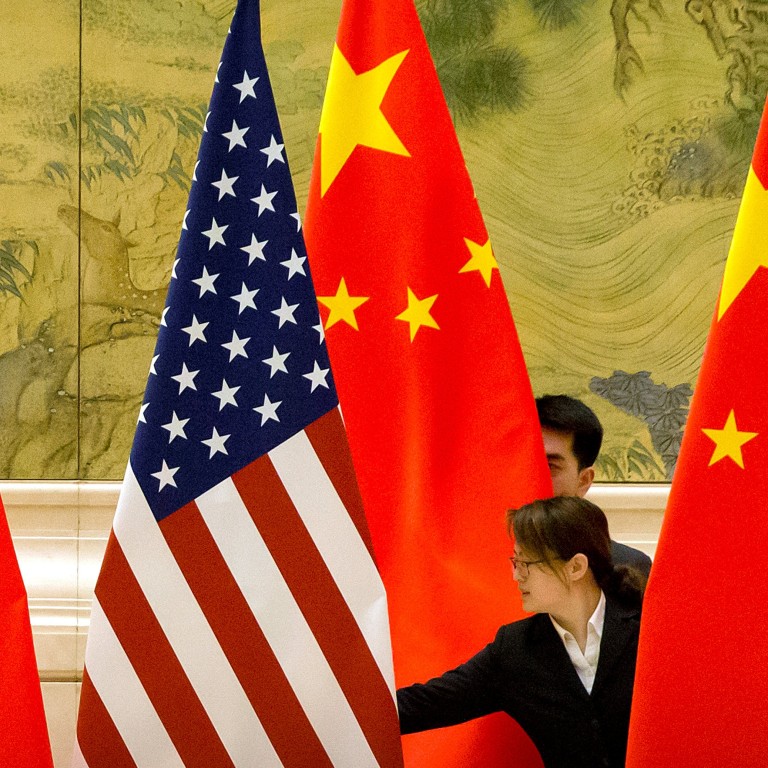
US wins another big case against China, as WTO rules Beijing unfairly used tariff-rate quotas to block wheat, rice and corn
- Ruling sides with US complaints that Beijing administered tariff-rate quotas for wheat, rice and corn in a way that was not transparent, predictable or fair
This story is published in a content partnership with POLITICO. It was originally reported by Adam Behsudi on politico.com on April 18, 2019.
The United States prevailed in a WTO fight with China over a dispute in which Washington accused Beijing of unfairly blocking access for US farm goods to its market through restrictive use of tariff-rate quotas.
A tariff-rate quota generally involves a much lower tariff for products imported within the quota and imposes a significantly larger tariff for any imports that fall outside the quota.

The ruling helps bolster the Trump administration‘s position in ongoing negotiations aimed at reining in Beijing‘s trade practices.
US Trade Representative Robert Lighthizer said in a statement that the ruling “further demonstrates that President Trump will take all steps necessary to enforce trade rules and to ensure free and fair trade for US farmers”.
The case was initiated by the Obama administration but quickly picked up by Lighthizer in the Trump administration's broader push against China.
Is Donald Trump now about to target the car industry?
The US trade chief told House lawmakers in February that the quota case and a separate WTO challenge the US won against China’s agricultural subsidies could be settled as part of a trade deal with Beijing.
“Trying to resolve those in the context of this agreement is something we are trying to do,” Lighthizer said.

In Thursday's ruling, the WTO panel also sided with the US complaint that China’s administration of the quotas did not follow specified requirements and administrative procedures and was done in a manner that inhibited the filing of each tariff-rate quota.
The US argued that China allocates a significant portion of each tariff-rate quota to state-trading enterprises, which were not subject to the same rules that Beijing imposed on private importers that applied for space under the quotas.
US-China tensions ‘may continue after trade war’
When the case was filed in 2016, the Agriculture Department estimated that China’s tariff-rate quotas for corn, wheat and rice were worth over US$7 billion in 2015. If they had been fully used, China would have imported as much as US$3.5 billion worth of additional crops in 2015 alone, USTR said at the time.
China in 2015 imported just 30 per cent of its 9.6 million metric ton quota for wheat, 65 per cent of its 7.2 million metric ton quota for corn, 92 per cent of its 2.66 million metric ton quota for long-grain rice and 35 per cent of its 2.66 million metric ton quota for short- and medium-grain rice, USTR said when it filed the case.

